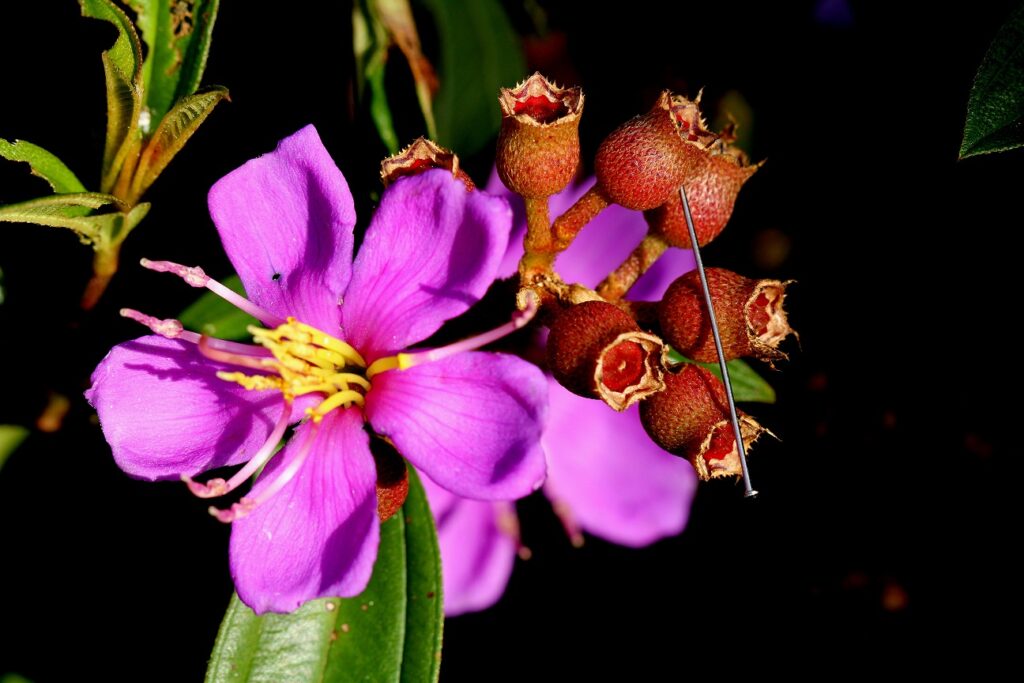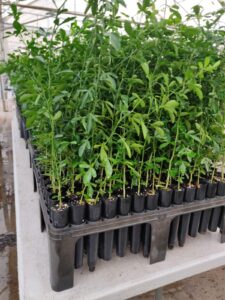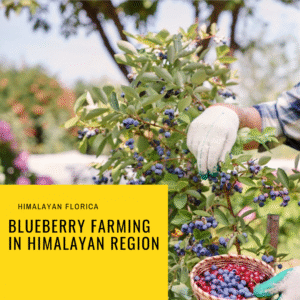The Blue Tongue (melastoma malabathricum) or Indian Rhododendron is a flowering plant in the Melastomataceae family. Despite its name, it is not related to actual rhododendrons and belongs to the Rosids clade. This evergreen shrub is native to India, Japan, Southeast Asia and Pacific Islands and can be found in grasslands and sparse forests at elevations between 100 meters and 2,800 meters.
Cultivated for local use as food, medicine, and an ornamental plant, Melastoma is popular among gardeners due to its vibrant purple blooms. With over 4,000 species worldwide in tropical and subtropical regions belonging to the Melastomataceae family, this small shrub is commonly seen in cleared areas, waste places or roadsides.

The Blue Tongue plant has various names depending on location and communities that use it for traditional medicine. Some examples include Kali Angeri or Chulesi (Nepali), Phutkala or Phutuka (Assamese), Phutuki (Bengali), and Tungbram (Lepcha). Typically growing 3-6 (1-2 m) feet tall but capable of reaching up to 16 feet (5 m) in height, Melastoma produces pink flowers arranged in clusters with five petals each. It bears berry-like capsules containing numerous seeds coated with red sweet astringent pulp. The reddish stems have a four-sided rounded shape covered with small bristly rough scales which thrive well within grasslands or forests without growing very tall.
Melastoma malabathricum, a plant used in traditional medicine by diverse communities and tribes, has various applications due to its astringent properties. Its leaves, shoots, and roots can be prepared to treat ailments such as stomach aches, indigestion, diarrhoea, dysentery, and leukorrhea. It can also be applied externally for cuts, wounds, swellings caused by arthritis or insect stings.
Post-childbirth care includes using the roots and leaves for toothache-relieving gargles and hemorrhoid treatment. While there are many reports on the medicinal uses of Melastoma malabathricum in folk medicine, there is a lack of clinical data to support these claims.
The young shoots of the plant can be consumed fresh or cooked. When fully ripe, the fleshy fruit with sweet yet slightly astringent flavour is eaten fresh. This fruit measures approx. 9 mm x 9 mm and contains soft dark blue pulp along with orange seeds.
Various dyes can be extracted from different parts of the plant. The fruit yields a black or purple dye, while the leaves and roots produce a pink dye. Additionally, ashes from the plant serve as a mordant in dyeing processes.

The Blue Tongue plant is commonly found in hot, wet, tropical lowland areas, with some subspecies restricted to higher elevations in these regions. Melastoma malabathricum plants are low maintenance and can thrive without fertilizers and minimal water. They tolerate cold temperatures but are sensitive to frost.
This pioneer plant species boasts a high dispersal capacity, allowing it to germinate and grow in fields overrun by the invasive weed Imperta cylindrica. It can outcompete and smother the weed. However, using this species demands caution due to its potential for escaping cultivation and invading non-native areas.
This plant may become a significant weed in pastures, pineapple fields, oil palm, rubber and coconut plantations. It also poses problems for cassava, sugarcane tea and unplanted rice fields. The smaller size of the seeds allows them to be sown fresh in a nursery, seedbed, or containers. Successful germination occurs when exposed to full sun or light shade. Seed trials indicate a 65% germination rate within 10-15 days and up to 80% within 30 days.


